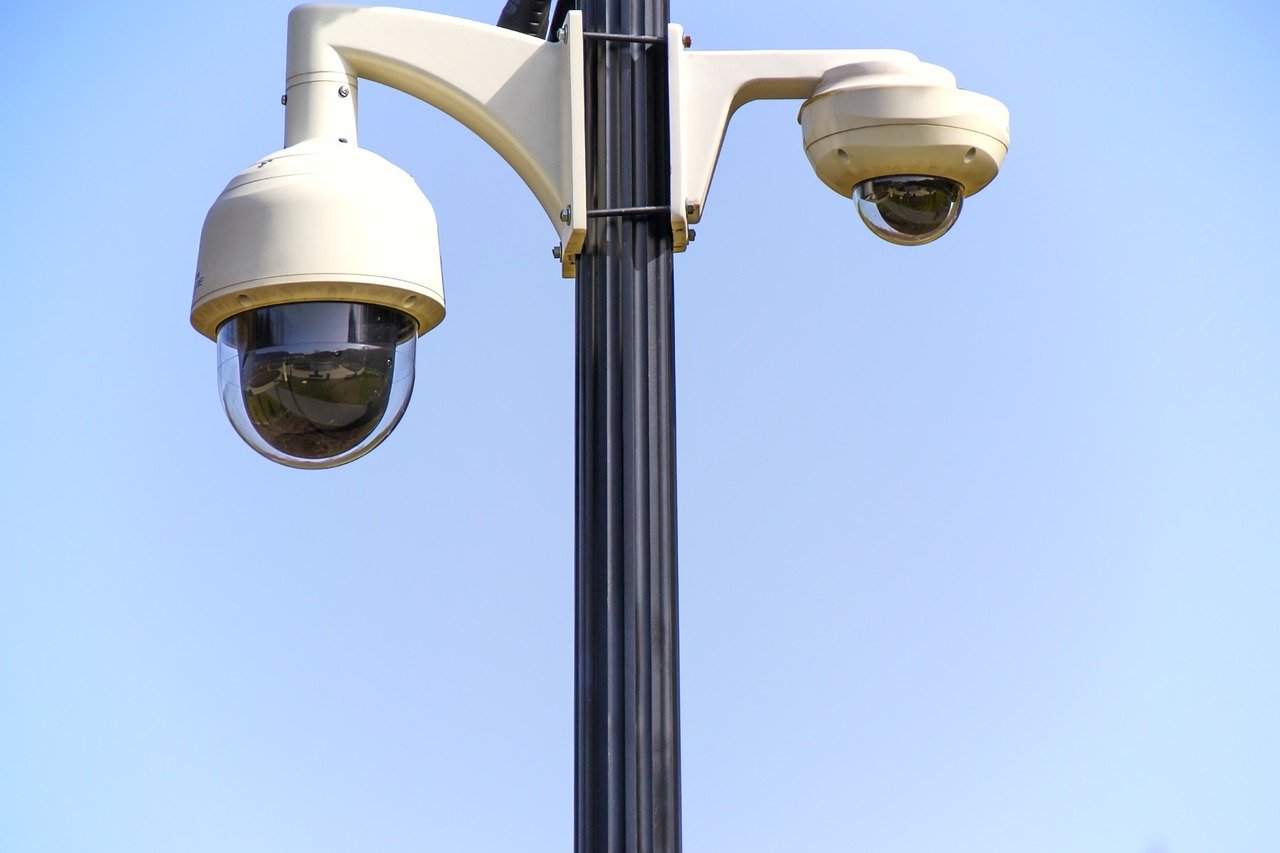
In recent years, speed detection cameras have become a cornerstone of traffic management systems worldwide, playing a crucial role in enhancing road safety and reducing traffic-related incidents. However, the implementation of such technologies necessitates a thorough cost-benefit analysis to assess their effectiveness and ensure that resources are allocated efficiently. This article delves into the various costs and benefits associated with speed detection cameras, examining their impact on road safety, traffic behavior, and overall community well-being.
1. Understanding Speed Detection Cameras
Speed detection cameras are automated devices designed to capture images of vehicles exceeding speed limits. They can be categorized into several types, including:
- Fixed Cameras: Permanently installed at specific locations, typically where speeding is prevalent.
- Mobile Cameras: Operated from vehicles or portable units, allowing for flexible enforcement.
- Average Speed Cameras: Calculate a vehicle’s average speed over a distance, encouraging consistent compliance.
The primary goal of these cameras is to deter speeding, reduce accidents, and enhance the effectiveness of traffic management systems.
2. Cost Analysis of Speed Detection Cameras
Implementing speed detection cameras involves several costs, which can be classified into initial, operational, and maintenance expenses.
2.1 Initial Costs
- Equipment Purchase: The cost of speed detection cameras can vary significantly based on their technology and capabilities. High-definition cameras with advanced features tend to be more expensive.
- Installation Costs: Installing cameras requires infrastructure modifications, including poles, wiring, and sometimes additional signage. This can incur significant costs depending on the location.
- Training Personnel: Law enforcement and traffic management personnel need training to effectively manage and operate speed detection systems. This includes understanding how to analyze data and interpret camera footage.
2.2 Operational Costs
- Data Management: Speed detection cameras generate vast amounts of data that must be processed and stored. This includes costs for data management software and potential cloud storage solutions.
- Administrative Costs: Issuing tickets and managing violations involves administrative tasks, which can require additional personnel or resources.
2.3 Maintenance Costs
- Routine Maintenance: Regular maintenance is necessary to ensure that cameras are functioning correctly. This includes cleaning lenses, updating software, and repairing any damage.
- Upgrades and Replacements: As technology advances, cameras may need upgrades or replacements to maintain effectiveness and accuracy.
3. Benefit Analysis of Speed Detection Cameras
While the costs associated with speed detection cameras can be significant, the benefits they offer can often outweigh these expenses.
3.1 Enhanced Road Safety
One of the primary benefits of speed detection cameras is their ability to improve road safety. Studies have shown that the presence of speed cameras can lead to a significant reduction in speeding-related accidents. For instance, a study conducted in the UK revealed a 50% reduction in road traffic fatalities in areas where speed cameras were installed.
- Deterrence of Speeding: The mere presence of speed cameras serves as a deterrent, encouraging drivers to adhere to speed limits.
- Reduction in Fatalities and Injuries: Fewer speeding incidents lead to decreased fatalities and serious injuries, ultimately saving lives and reducing the burden on healthcare systems.
3.2 Behavioral Changes Among Drivers
The implementation of speed detection cameras can lead to long-term behavioral changes among drivers. Over time, drivers become accustomed to the presence of cameras, which reinforces safe driving habits.
- Increased Compliance: Drivers are more likely to obey speed limits when they know that cameras are monitoring their behavior.
- Positive Traffic Culture: Consistent enforcement fosters a culture of safety and accountability on the roads, contributing to overall improved driving behavior.
3.3 Revenue Generation
Speed detection cameras can generate significant revenue for local governments through fines collected from speeding violations. This revenue can be reinvested into road safety initiatives and community programs.
- Funding for Road Safety Initiatives: The funds collected can be allocated to improving road infrastructure, enhancing public transportation systems, or funding educational campaigns aimed at promoting safe driving.
- Reduced Burden on Law Enforcement: Automated enforcement systems allow law enforcement agencies to focus their resources on more complex issues, enhancing overall traffic management systems.
3.4 Integration with Traffic Management Systems
Speed detection cameras can be integrated into broader traffic management systems, providing valuable data that can help city planners and traffic engineers make informed decisions.
- Data-Driven Insights: Data collected from speed detection cameras can be analyzed to identify high-risk areas, traffic patterns, and peak times for speeding. This information can inform infrastructure improvements and traffic signal adjustments.
- Holistic Approach to Traffic Management: Integrating speed cameras with other traffic management tools, such as traffic signals and variable message signs, can create a cohesive system that improves overall traffic flow and safety.
4. Regional Considerations in Implementing Speed Detection Cameras
The cost-benefit analysis of speed detection cameras may vary significantly depending on regional factors. These considerations include:
4.1 Urban vs. Rural Areas
- Urban Areas: In densely populated areas, the benefits of speed detection cameras may be more pronounced due to higher traffic volumes and increased risk of accidents. However, initial costs may also be higher due to infrastructure requirements.
- Rural Areas: In rural settings, the potential for revenue generation may be lower, but the safety benefits can still be significant. A tailored approach may be necessary to balance costs and benefits effectively.
4.2 Local Traffic Laws and Community Support
- Legal Framework: The effectiveness of speed detection cameras can be influenced by local laws regarding traffic enforcement and ticketing.
- Community Perception: Public support is crucial for the successful implementation of speed detection cameras. Communities that understand the safety benefits are more likely to support their installation, while opposition can hinder effectiveness.
5. Challenges and Considerations
While the benefits of speed detection cameras are substantial, there are challenges and considerations to address:
5.1 Public Opposition
Some communities may oppose the installation of speed detection cameras, viewing them as revenue-generating tools rather than safety measures. It is essential to engage with the community and educate them about the benefits to gain public support.
5.2 Accuracy and Reliability
Ensuring the accuracy of speed detection cameras is vital. Malfunctioning cameras can lead to unjust fines and erode public trust. Regular maintenance and calibration are essential to maintain the integrity of the system.
5.3 Cost Management
Local governments must carefully consider the financial implications of implementing speed detection cameras. Conducting a thorough cost-benefit analysis will help identify the most effective approach and ensure that resources are allocated wisely.
Conclusion
The implementation of speed detection cameras presents a compelling opportunity for enhancing road safety and improving traffic management systems. While there are significant costs associated with installing and maintaining these systems, the benefits—including reduced accidents, behavioral changes among drivers, and potential revenue generation—often outweigh the expenses.
As communities consider the adoption of speed detection cameras, a comprehensive cost-benefit analysis, taking into account regional factors and public sentiment, will be essential. By prioritizing safety and leveraging technology, local governments can create safer roads and promote responsible driving, ultimately leading to a positive impact on public health and community well-being.




